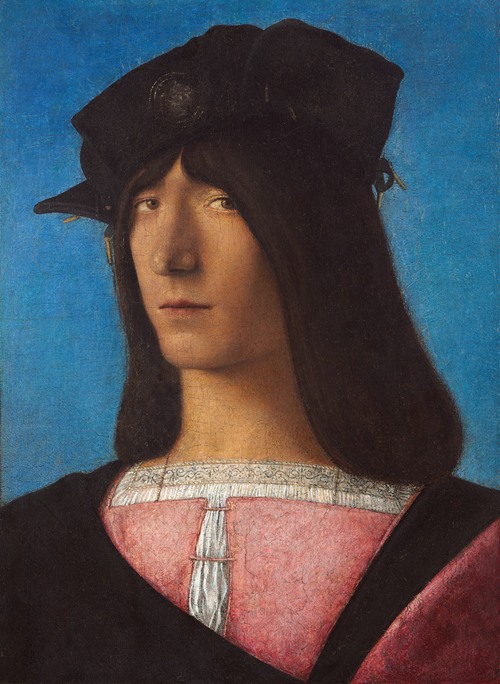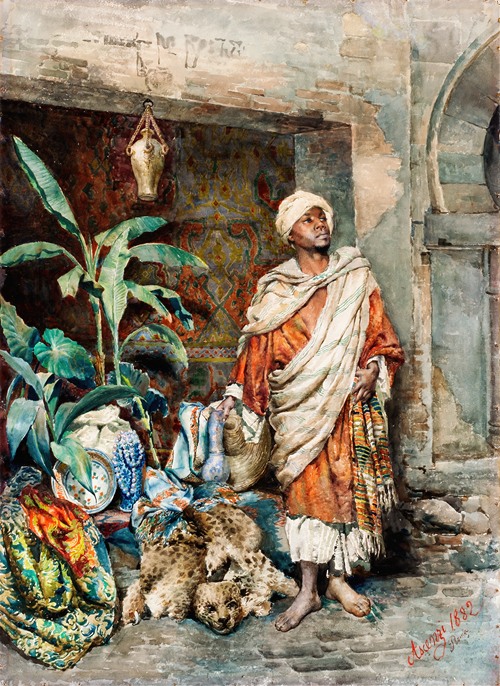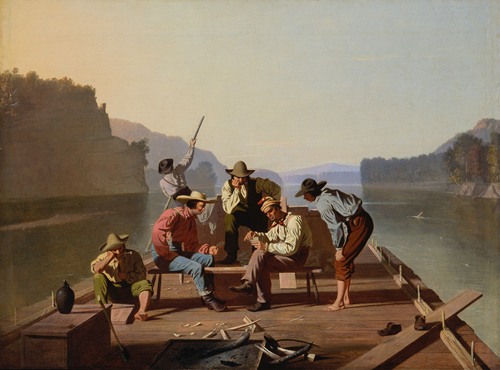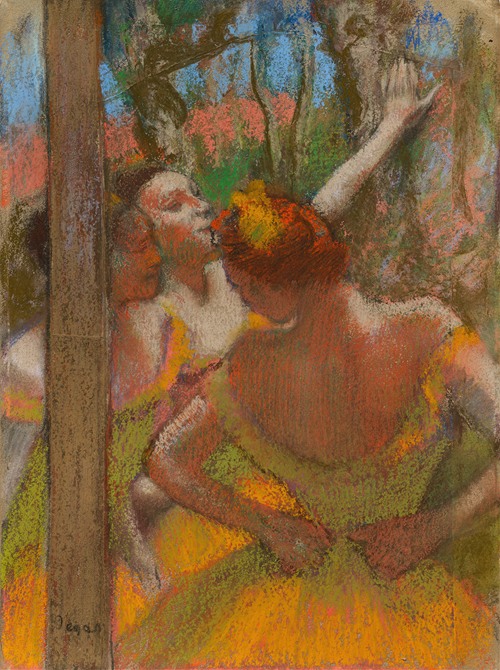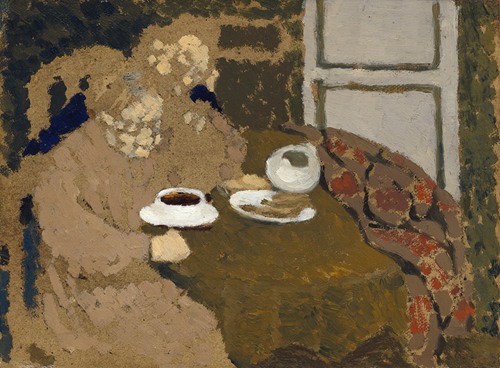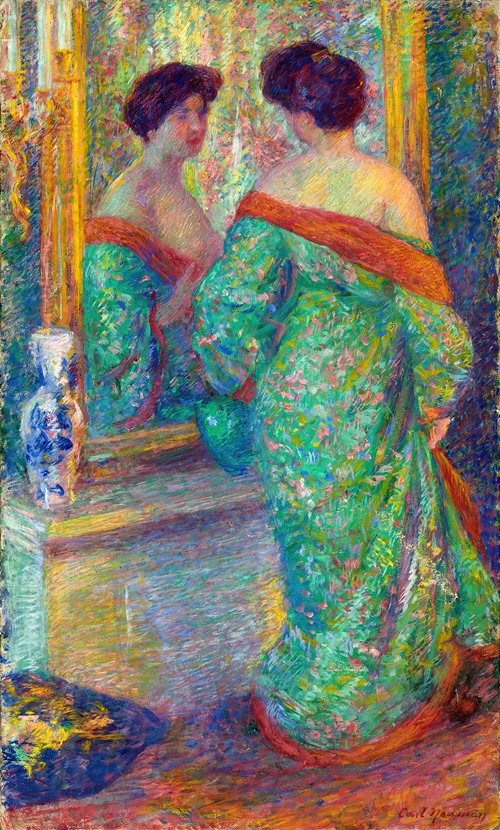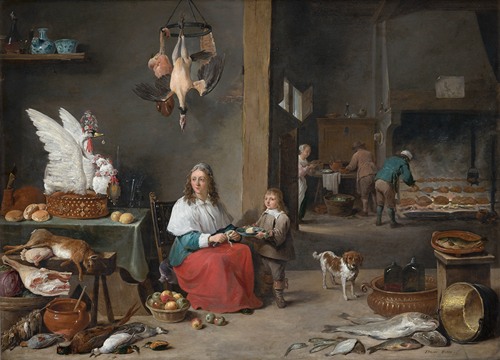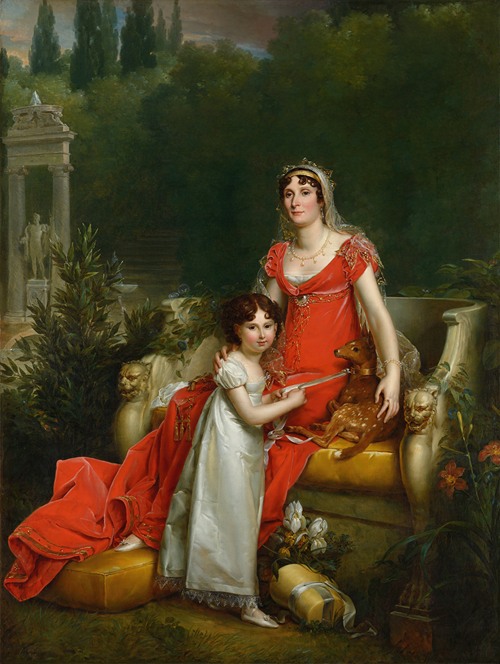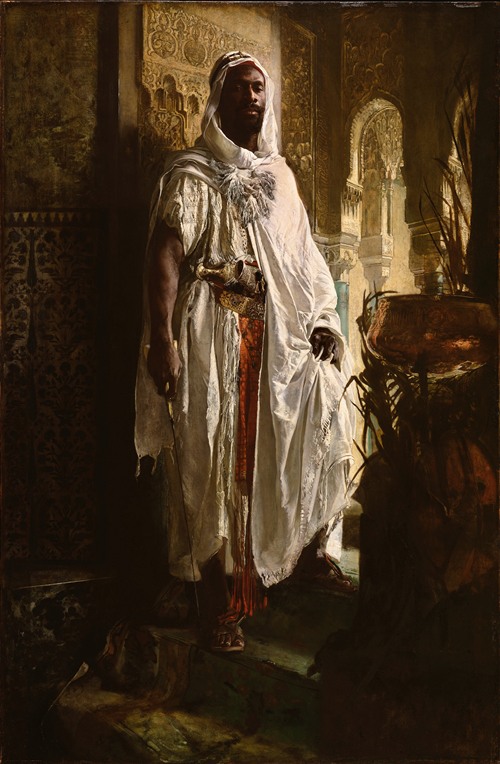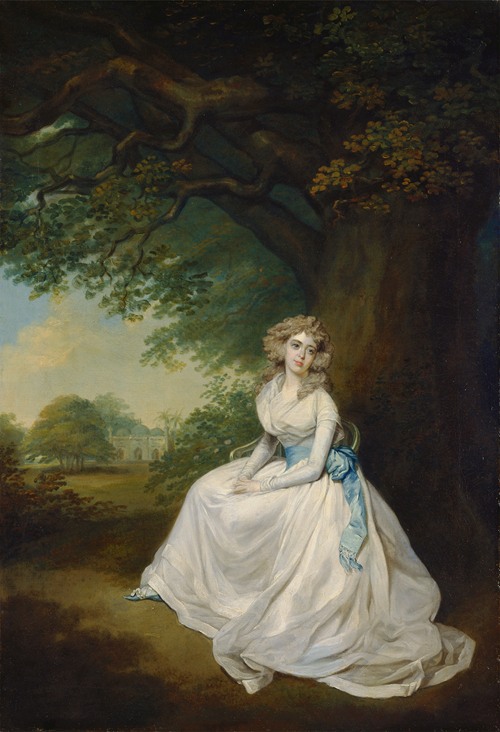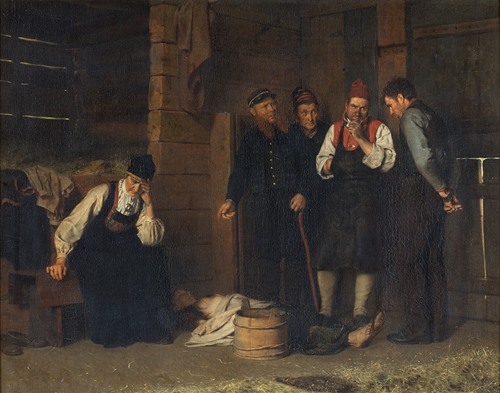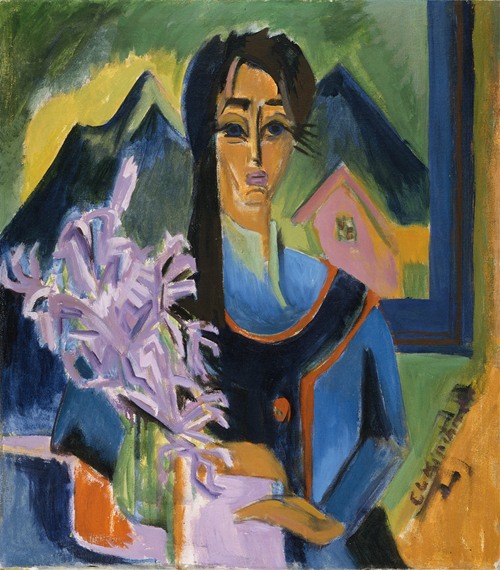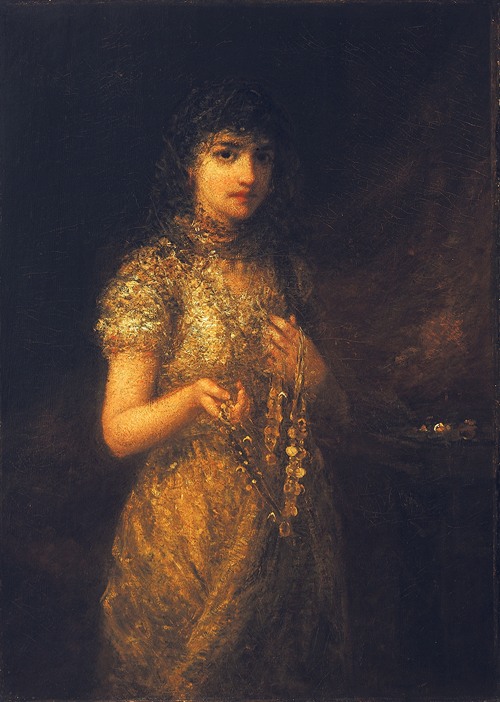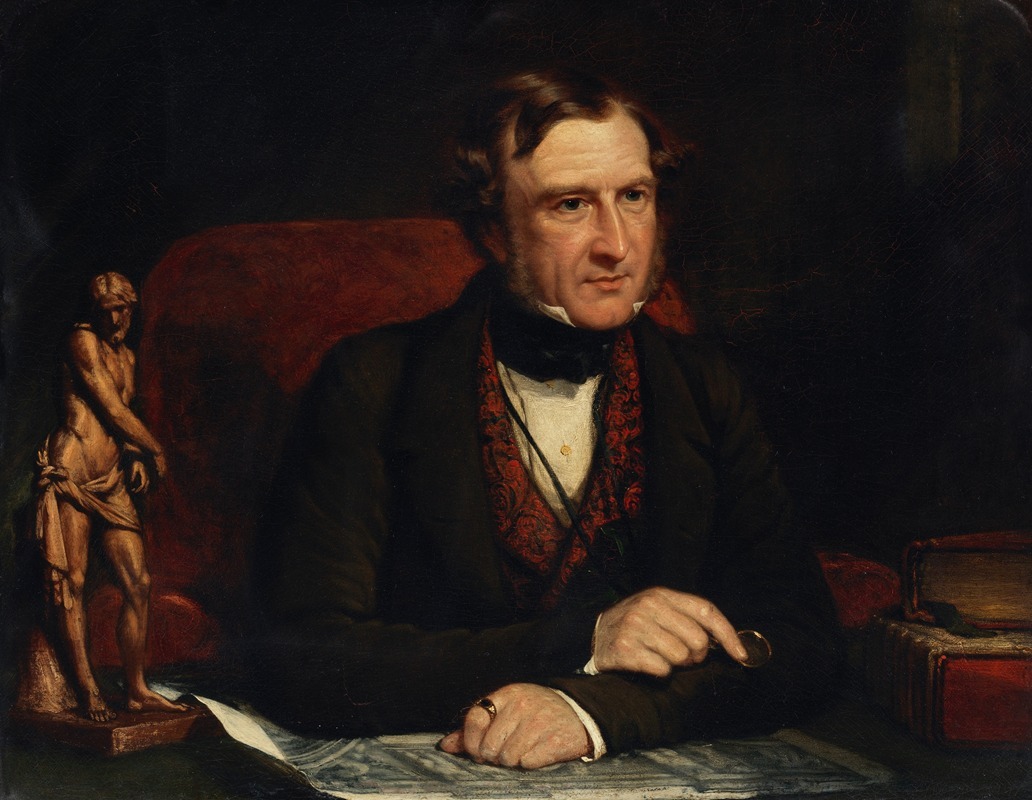
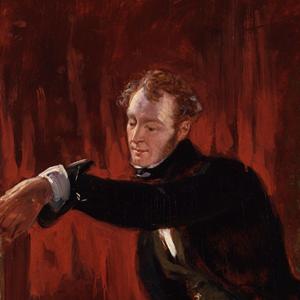
John Partridge was a British artist and portrait painter. Named 'portrait painter-extraordinary' to Queen Victoria, his pictures depict many of the notable figures of his time.
Born in Glasgow, he was the second son of twelve children of Samuel Partridge. His brother Richard Partridge became the President of the Royal College of Surgeons; his nephew Sir John Bernard Partridge was an illustrator and actor.
Partridge studied with the portrait painter Thomas Phillips from 1814; he exhibited his first painting, 'Miss Foote in the Character of Lucilla' at the Royal Academy in 1815. He moved to London the same year, entering the Royal Academy Schools in 1816. At first he lived in Marylebone, then a popular neighbourhood with artists. In 1820, he married his cousin Clementina Sarah Campbell; she features in his painting 'The artist and his family in his house at 21 Brook Street, Grosvenor Square' (c. 1828–35). From 1823 to 1827, he lived in Italy, staying in Florence, Venice, and Rome. During his time there, his focus widened from purely portraits; he sketched landscapes and made copies of Renaissance masters including Correggio, Raphael, Rubens, Tintoretto and Titian. During his stay in Italy, he gained several wealthy patrons. In 1828, soon after his return from Rome, he left Marylebone for the more upper class Brook Street, off Grosvenor Square, where many of his sitters resided.
The move seems to have paid off: his career blossomed. Between 1827 and 1845, he painted over two hundred portraits, earning him £2762 in 1841 alone. Many were of prestigious sitters, including an 1836 commission from Leopold I of Belgium, which led two years later to the patronage of Queen Victoria. He painted several successful portraits of the Queen and of Prince Albert, and in 1843, he became 'portrait painter-extraordinary' to the Queen. Queen Victoria's attentions were, however, to prove fickle, and the 1842 arrival of Franz Xaver Winterhalter, soon the new favourite, cut short Partridge's career as a royal portraitist.
In 1846, Partridge made the decision never to exhibit again at the Royal Academy, after two of his portraits were placed insultingly badly, probably in consequence of a dispute more than a decade earlier with fellow artist and Royal Academician, Ramsay Richard Reinagle, over Partridge altering one of Reinagle's pictures for the owner. He did not change his mind even when, two years later, Reinagle was discredited for claiming another artist's work as his own.
Although Partridge set up a gallery in his studio to exhibit his works, commissions plummeted, with only 76 portraits in the period from 1845 to 1865, and his income inevitably suffered. Towards the end of his life, Partridge railed against this injustice in a pamphlet, On the Constitution and Management of the Royal Academy (1864), writing that he had been "driven from the position I held in public estimation and employment ... as the penalty for maintaining any degree of self-respect and independent feeling."
Partridge died in London in 1872. He had earlier donated some of his unsold paintings to the National Portrait Gallery, where many are still on display.
